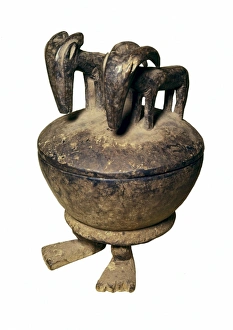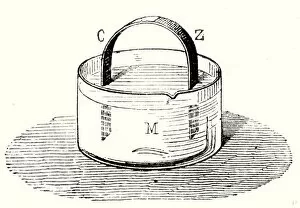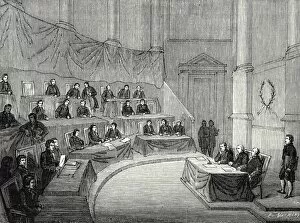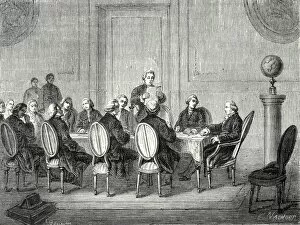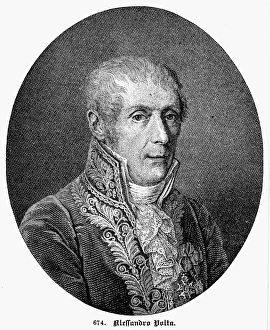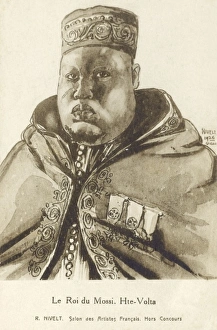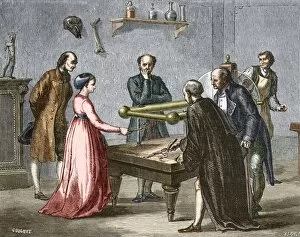Volta Collection (page 3)
"Exploring the Electrifying Legacy of Volta: From Ghana to Folly" Discover the captivating world of "Volta, " a term that encompasses various intriguing aspects
All Professionally Made to Order for Quick Shipping
"Exploring the Electrifying Legacy of Volta: From Ghana to Folly" Discover the captivating world of "Volta, " a term that encompasses various intriguing aspects. First and foremost, it is synonymous with electricity, tracing its roots back to Alessandro Volta's groundbreaking invention - the voltaic pile. This revolutionary device paved the way for modern electrical systems we rely on today. Venturing into geography, we find ourselves in Ghana's enchanting Volta Region, home to Akosombo and its impressive hydroelectric dam on the mighty Volta River. The region boasts breathtaking landscapes and vibrant cultural heritage. On our journey through time and space, we stumble upon an architectural marvel known as the Volta Tower in Finedon, Northamptonshire. A whimsical folly that adds charm to its surroundings. Transportation enthusiasts may recognize "Volta (X62), " a route connecting towns and cities across Scotland. It serves as a lifeline for commuters and travelers alike. Art aficionados will appreciate how "Volta" transcends boundaries by merging cultures through artifacts like the Senufo mask from Burkina Faso. This masterpiece combines unique features that captivate observers with their intricate craftsmanship. History comes alive when Queen Elizabeth dances with her suitor, Earl of Leicester in 1581 - an evocative painting capturing a moment frozen in time by an unknown artist. Returning to Alessandro Giuseppe Antonio Anastasio Volta himself - an Italian physicist whose contributions revolutionized science forever. His colored engraving of the voltaic pile showcases his brilliance and ingenuity. Delving deeper into culture, we encounter Burkina Faso (formerly Upper Volta) where Toucouleurs women embody grace and elegance while preserving their rich traditions amidst changing times. The legacy of Alessandro Giuseppe Antonio Anastasio Volta extends beyond scientific achievements; even death couldn't escape his influence.









